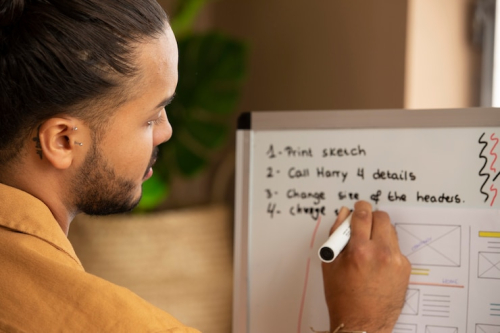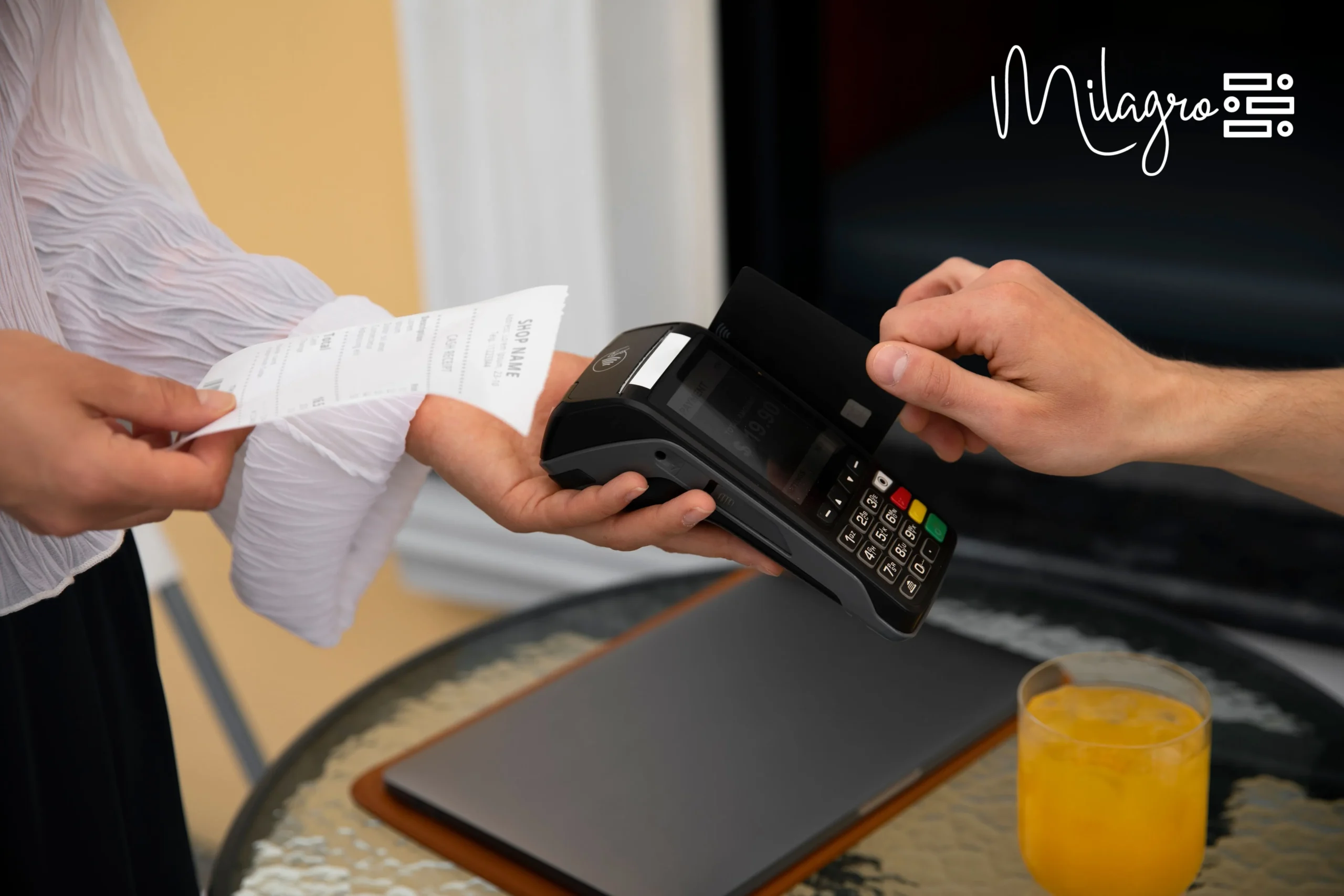In the restaurant industry, success hinges on more than just serving great food it’s about forging lasting connections with guests. Today’s diners expect seamless, personalized experiences, from online ordering to tailored promotions. Customer relationship management (CRM) software is the technology empowering restaurants to meet these demands, transforming one-time visitors into loyal patrons. But implementing a CRM system raises critical questions: How long does it take? What are the costs? And is it worth the investment? This comprehensive guide explores the timeline, expenses, and transformative value of adopting CRM tools in the restaurant industry, backed by verified data and real-world insights.
Why Restaurants Need CRM Systems
Imagine a guest ordering takeout via your app, receiving a personalized discount for their next visit, and getting a birthday email with a free dessert offer all automated and tracked. This is the power of CRM. Far more than a database, CRM enables retention, streamlines marketing automation, and delivers hyper-personalized service. In an industry with tight margins and fierce competition, CRM helps restaurants differentiate themselves by building relationships at scale.
The shift toward digital solutions is not a passing trend it’s a necessity. Post-COVID, guests demand omnichannel convenience, including online reservations, loyalty rewards, and targeted promotions that feel relevant. Whether you’re running a single café or managing a multi-unit franchise, a CRM system can enhance operations and drive revenue. However, implementation is a complex process with distinct phases, costs, and challenges. Let’s explore how it unfolds.
The Surge of CRM in Hospitality
The hospitality sector is embracing technology at an unprecedented pace, with CRM systems leading the charge. Modern platforms integrate seamlessly with point-of-sale (POS) systems, delivery apps, and reservation tools to create a cohesive guest experience. Artificial intelligence enhances these systems, enabling features like customer segmentation and predictive analytics that deliver the right offer to the right guest at the right time. Modular CRMs, which allow businesses to select specific features, are replacing outdated, rigid systems.
Industry trends underscore this shift. The digital health market, which shares technological parallels with hospitality, is experiencing significant growth driven by personalization and automation, as noted by Grand View Research. Restaurants are similarly investing in technology to enhance guest engagement, moving away from third-party delivery platforms toward owned channels. CRM systems serve as the backbone of this transition, unifying data and driving loyalty.
Implementation Timeline: A Step-by-Step Breakdown
Deploying a CRM system is a multi-phase process that varies based on the size and complexity of your operation. Below is a detailed look at each stage.
Phase 1: Needs Assessment and Vendor Selection (1–3 Weeks)
The journey begins with defining your goals. Are you aiming to increase loyalty program participation, boost repeat visits, or refine email marketing? Mapping the guest journey every interaction from online orders to in-person dining clarifies your priorities. Next, you’ll evaluate vendors, comparing all-in-one platforms like Toast or Upserve with specialized tools like Punchh or Milagro. This phase typically spans one to three weeks, though complex operations or stakeholder approvals may extend the timeline.
Phase 2: System Setup and Data Migration (2–6 Weeks)
Once a vendor is selected, the technical work begins. Existing customer data names, emails, order histories must be cleaned and imported into the CRM. If you’re transitioning from spreadsheets or legacy systems, this process can be time-intensive. You’ll also configure workflows, integrate the CRM with POS or delivery apps, and test automations. For a single location, this phase may take two weeks; multi-unit operations often require up to six weeks.
Phase 3: Staff Training and Testing (1–2 Weeks)
Your staff is the frontline of CRM adoption. They must master the interface, log customer data at the POS, and resolve issues. Training includes walkthroughs, role-specific sessions, and pilot campaigns to identify and fix glitches. A small team can complete this in a week, while larger operations may need two weeks to ensure readiness.
Phase 4: Go-Live and Continuous Optimization (Ongoing)
Launch day marks the start, not the finish. You’ll deploy campaigns, track metrics like email open rates and offer redemptions, and refine automations based on performance. Most restaurants achieve full operational efficiency within 30 to 60 days, but optimization is an ongoing process, adapting to guest behavior and business needs.
Real-World Success Stories
The impact of CRM is evident in real-world applications. Some franchise groups have implemented CRM systems, integrating loyalty tracking and targeted promotions, leading to increased loyalty program participation and more frequent guest visits. Similarly, independent restaurants have transitioned from manual systems to POS-integrated CRMs, improving marketing efficiency by better targeting their customer base. Leading platforms like Toast, Punchh, Upserve, and Milagro deliver tailored solutions, transforming data into actionable insights that drive growth.
Cost Breakdown: What to Budget
CRM costs depend on your operation’s scale, chosen features, and vendor. Here’s a detailed breakdown:
- Software Licensing: Monthly fees vary, with smaller restaurants paying less and multi-unit brands with advanced features facing higher costs.
- Setup and Customization: One-time costs depend on vendor pricing and integration complexity, with more extensive setups increasing expenses.
- Training and Support: Some vendors include training, while others charge additional fees, particularly for larger teams.
- Hidden Costs: Data cleanup, integrations with legacy systems, and campaign execution labor can add significant expenses if not anticipated.
To evaluate long-term value, restaurants can use the compound annual growth rate (CAGR), a metric that calculates the average annual return over a period, assuming steady growth. By comparing revenue growth before and after CRM adoption, businesses can quantify its impact. As Investopedia explains, CAGR is an effective tool for assessing the performance of investments like technology, helping justify upfront costs.
Challenges to Anticipate
CRM implementation isn’t without obstacles. Staff may resist adopting new systems or capturing guest data at the POS. Incomplete data, such as missing emails or phone numbers, can undermine campaigns. Vendor lock-in poses another risk, as some platforms restrict API access, complicating customization or future transitions. Most critically, misaligned marketing goals and CRM automation logic can lead to wasted resources on ineffective campaigns.
The Rewards: Why CRM Pays Off
Despite challenges, the benefits of CRM are substantial. It enhances guest retention and lifetime value, converting one-time diners into loyal customers. By driving traffic to owned channels, CRM reduces reliance on costly third-party delivery platforms. Personalized promotions based on order history minimize waste and boost revenue. Integration with POS, loyalty, and feedback systems streamlines operations, saving time and reducing errors. Clear marketing attribution also ensures you understand what drives ROI.
The life science market, which mirrors hospitality’s tech-driven growth, is projected to grow at a 10.28% CAGR from 2024 to 2033, fueled by innovation and personalization. Restaurants are riding a similar wave, leveraging technology to achieve operational and economic gains.
Maximizing ROI: Strategic Planning
A CRM’s success depends on strategy, not just software. Select a vendor aligned with your long-term objectives, whether scaling a loyalty program or mastering omnichannel marketing. Start with a pilot program, measure outcomes, and scale thoughtfully. While upfront costs may seem daunting, the rewards higher retention, improved margins, and stronger guest relationships deliver lasting value.
Is a CRM right for your restaurant? If you’re committed to investing in guest relationships as much as culinary excellence, the answer is clear. Begin by mapping your guest journey, analyzing costs, and choosing a platform that fits your vision. Your loyal customers and your bottom line will reflect the impact.
Disclaimer: The above helpful resources content contains personal opinions and experiences. The information provided is for general knowledge and does not constitute professional advice.
You may also be interested in: 7 Best Restaurant POS Systems 2024
Scattered systems and manual processes erode your restaurant’s margins daily. Milagro unifies POS, digital menus, online ordering, staffing, loyalty, and AI-powered marketing into one platform, slashing costs and enhancing guest loyalty. Reclaim control over operations and drive revenue growth. Streamline your workflow and elevate profitability. Schedule your Milagro demo today!
Powered by flareAI.






